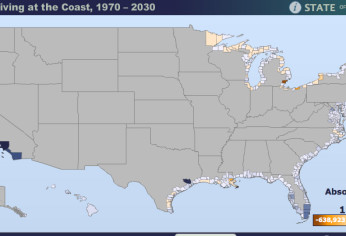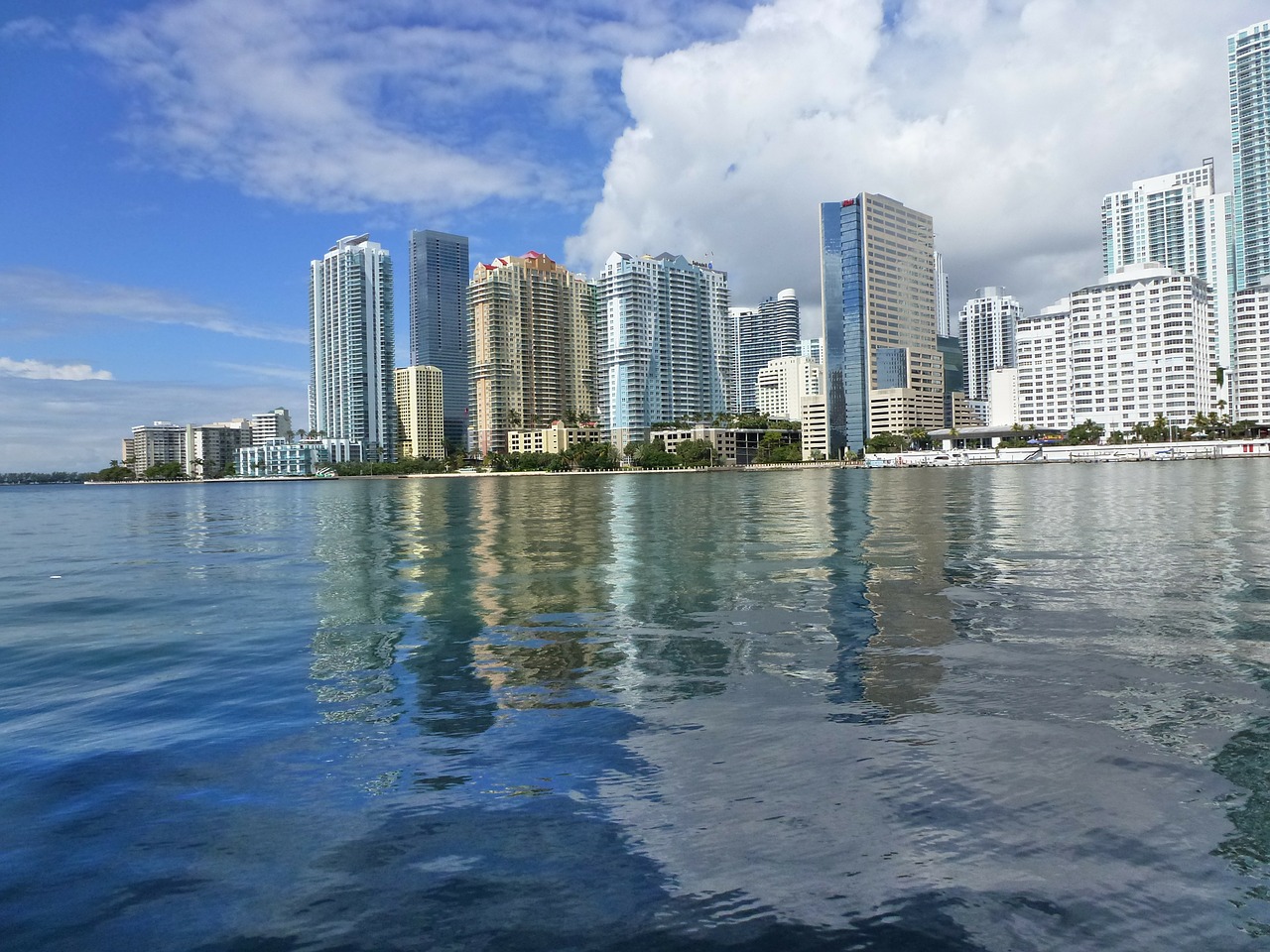Hurricane Sandy was the most recent example of the devastating havoc Mother Nature can wreak on coastal communities. But that isn’t stopping people from moving along the shore and building from taking place. In fact, recent estimates from the National Oceanic and Atmospheric Administration (NOAA) and the U.S. Census Bureau shows that our already-crowded coast will see population grow from 123 million people to nearly 134 million by 2020. That means more lives, property and community infrastructure will be at risk from extreme coastal storms like Sandy and Isaac.
In fact, for 2012, according to a recent Swiss Re sigma study, natural catastrophes and man-made disasters worldwide caused economic losses of $186 billion with approximately 14,000 lives lost. Large-scale weather events in the U.S. pushed the total insured claims for the year to $77 billion, which is the third most expensive year on record. Furthermore, Hurricane Sandy, which hit the Northeast and Mid-Atlantic coast, was the most expensive event for the year both in terms of economic and insured losses. The hurricane caused an estimated total of $70 billion in economic losses, making it the second most damaging hurricane on record after Hurricane Katrina in 2005. The National Flood Insurance Program incurred the remaining insured losses, according to Swiss Re. Losses stemmed from the largest ever wind span recorded for a North Atlantic hurricane, and from the ensuing massive storm surge that caused damaging flooding in a densely populated area on the East Coast. It also led to the worst power outage caused by a natural catastrophe in the history of the U.S.
Matthias Weber, Swiss Re’s Group Chief Underwriting Officer, says: “Sandy challenged the industry with its combination of record wind field and storm surge. The possibility that such events could increase in frequency and strike densely populated regions such as the Northeast means that extreme storm-surges need to be more thoroughly understood.”
What’s more, the head of Federal Emergency Management Agency (FEMA), Craig Fugate, at the National Hurricane Conference on Tuesday, March 26, said that people who buy federal flood insurance need to plan for big rate hikes. According to his comments, individuals paying hundreds of dollars a year could wind up paying thousands because Congress says the program must at least pay for itself. The increases will be phased in over three to four years. Additionally, the National Hurricane Center is working on providing storm surge watches and warnings, with plans to roll them out in 2015.
The impact of extreme weather conditions on our coastal communities is also challenging the insurance industry and its forecasting and modeling, rating and capacity, as we discussed in our February blog. Homes along the coast, especially in the Northeast, are vulnerable to winds that can generate storm surge and waves that cause even greater damage than hurricanes.
Moreover, in addition to extensive physical damage to their property, a growing risk for businesses is the increased likelihood of interruption in the supply of essential resources and services resulting in the inability for operations to continue. During and after Hurricane Sandy, many companies shut down and/or suspended their operations in the affected areas. These business interruptions obviously resulted in income losses for directly affected companies. Also, some business shutdowns, as well as transportation delays and power shortages, led to business income losses for other companies operating outside areas directly damaged in the storm.
As our coastlines are being further developed and increasingly populated many issues are challenging communities, legislators and insurance carriers to help mitigate losses and protect against increased exposures. At IPOAUSA, we provide insurance products through our admitted, surplus lines and programs divisions, including excess flood insurance, monoline windstorm, and wind-buy backs. We also provide insurance products for coastal and earthquake exposed risks. Give us call to see how we can help your business insureds located along our coastlines. Call Stefan Burkey at 877-653-IPOA (4762).
Sources: NOAA, Swiss Re, NAMIC







